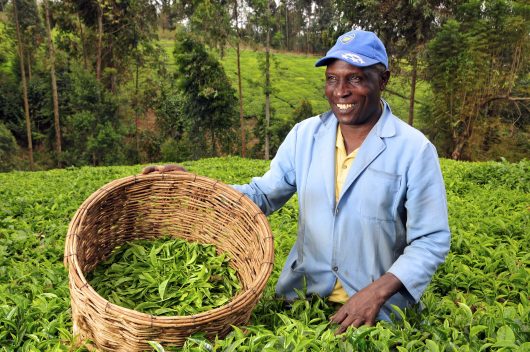Solutions for Addressing the Famine in South Sudan

According to the World Food Programme, 2.8 million people are experiencing famine in South Sudan. That is roughly one-fourth of the country’s population.
With the country on the brink of famine, approximately half the population or 6 million people will need humanitarian assistance or protection.
As the world’s youngest country, South Sudan has been facing serious difficulty since civil war broke out. It was less than three years old when the violence escalated. As a result, more than 2 million people, one-fifth of the country’s population have been displaced, with over 700,000 of the displaced seeking refuge in neighboring countries.
The displacement has prevented farming in a country with favorable climate and adequate rainfall as farming takes time and planning in one place.
SOLUTIONS
One short-term solution to addressing the imminent famine in South Sudan is to increase relief aid. Fortunately, the United States provided $86 million of relief aid for South Sudan on April 27, 2016.
However, other factors continue to negatively impact relief efforts. Extortion takes place at illegal checkpoints throughout the country. In addition, at least 52 relief workers have lost their lives since the civil war broke out.
On April 13, 2016, United Nations Secretary-General Ban Ki-moon stated: “[M]aintaining a spirit of cooperation will be crucial as the country’s leaders begin the work of reversing the years of destruction this conflict has brought upon the people of South Sudan.”
On the other hand, ranking member of the U.S. House of Representatives Foreign Affairs Committee, Representative Eliot Engel (D-NY) has expressed misgivings on any peace deals, stating for that the South Sudan peace deal in August of 2015 was signed by “the political elites who created this conflict in the first place . . . and has little to do with the millions of people who have been affected.”
Therefore, the remedy requires something more than just food and funding because South Sudan has extensive means to feed its population.
The long-term answer to addressing the famine in South Sudan is unquestionably peace.
Roughly 16,000 child soldiers have been recruited while South Sudan has the world’s lowest rate of children ages 5-16 in school. As the United Nations and U.S. law-makers suggest, effectively establishing peace is of the utmost importance for this country.
– Jonathan L. Hull
Photo: Flickr
